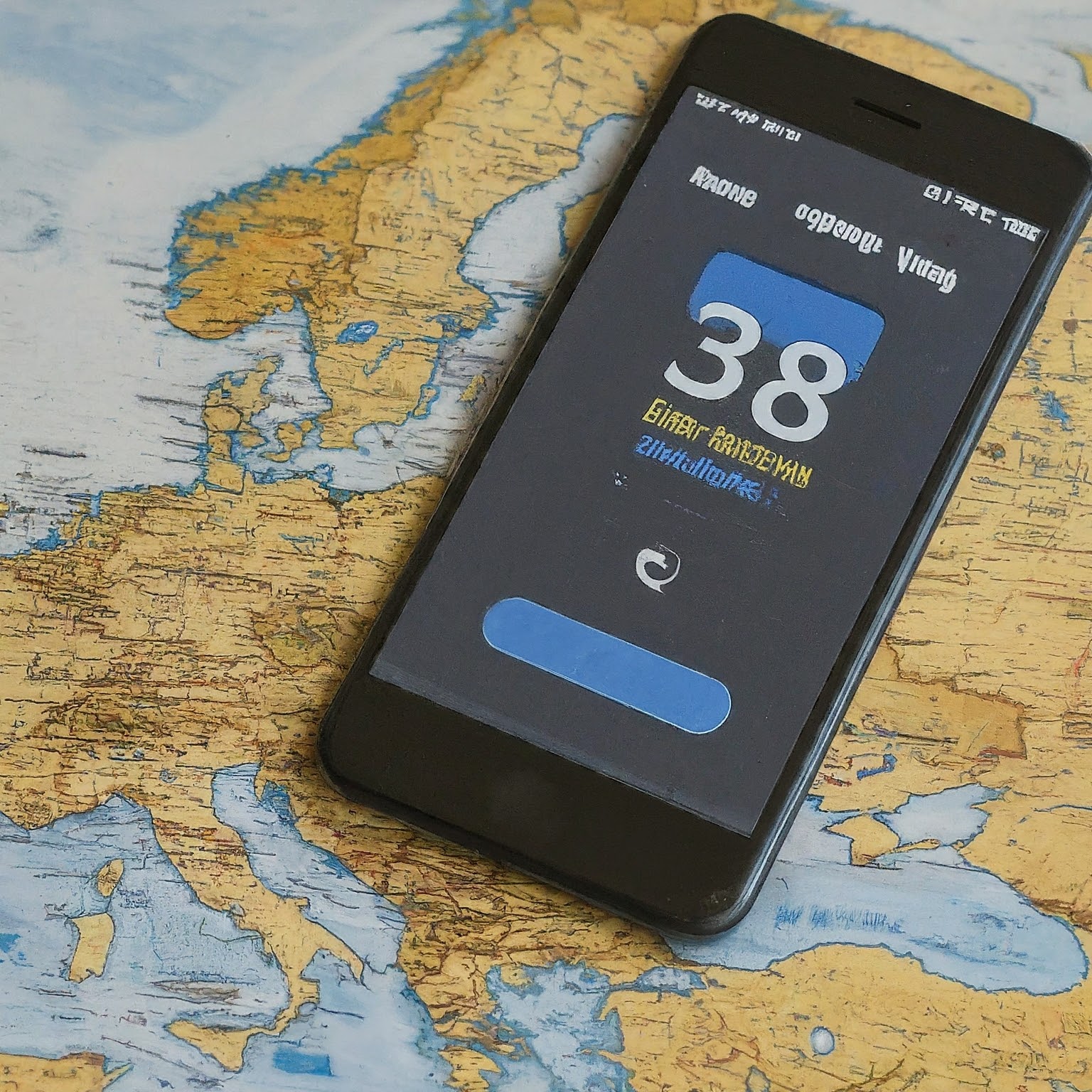The international dialing prefix +38 is currently discontinued and is no longer assigned to an active country. Historically, the code +38 was the official country code for the Socialist Federal Republic of Yugoslavia (SFRY).
Following the dissolution of Yugoslavia, the International Telecommunication Union (ITU) reallocated the +38 code space to the independent nations that emerged from the region, resulting in a series of new, active country codes that begin with +38.
If you have received a call or text message starting with +38, the subsequent digit will determine which modern country the communication originated from. Below is a detailed breakdown of the +38 code space, the countries that use it today, and how to dial them correctly.

The History of the +38 Country Code
The two-digit code +38 was the dedicated international access code for the former nation of Yugoslavia.
- Original Assignment: +38
- Location: The Socialist Federal Republic of Yugoslavia (SFRY)
- Date Discontinued: The code was officially broken up and phased out starting in October 1993, as the former republics declared independence.
The Breakdown of the +38 Code Space
When the SFRY dissolved, the ITU allowed the successor states to use the +38 prefix combined with an additional digit to create their new, unique country codes. This strategy provided a clean and historically recognizable block of codes for the new countries in the Balkan Peninsula.
The following table shows how the +38 code space was reallocated and which modern nations use the codes today:
| New Country Code | Country | Time Zone (Major City) | Original Yugoslavian Republic |
| +380 | Ukraine | UTC+2 / UTC+3 | (Note: Ukraine was the first country to use the code, assigned in 1993) |
| +381 | Serbia | UTC+1 / UTC+2 | Serbia |
| +382 | Montenegro | UTC+1 / UTC+2 | Montenegro |
| +383 | Kosovo | UTC+1 / UTC+2 | Kosovo |
| +384 | (Unassigned) | N/A | (Reserved) |
| +385 | Croatia | UTC+1 / UTC+2 | Croatia |
| +386 | Slovenia | UTC+1 / UTC+2 | Slovenia |
| +387 | Bosnia and Herzegovina | UTC+1 / UTC+2 | Bosnia and Herzegovina |
| +388 | (Discontinued) | N/A | (Used briefly for the European Telephony Numbering Space, now retired) |
| +389 | North Macedonia | UTC+1 / UTC+2 | North Macedonia |
Key Takeaway: If you see a number starting with +38, it will always be followed by at least one more digit (e.g., +385, +387) to designate the specific modern country.
How to Correctly Dial a Number in the +38 Code Space
To place a call to any of the countries that use a code beginning with +38, you must dial the full, active country code followed by the local number.
From North America (U.S./Canada), follow this dialing pattern:
Dialing Examples
| Destination Country | Full Dialing Code | Example from US/Canada |
| Serbia | +381 | 011 381 XX XXX XXXX |
| Croatia | +385 | 011 385 XX XXX XXXX |
| Ukraine | +380 | 011 380 XX XXX XXXX |
Pro-Tip: Using the plus sign (+) on a mobile phone will automatically insert the correct international exit code for your location: +381 (or +385, etc.) followed by the local number.
Avoiding Scams from +38 Numbers
While most calls from these codes are legitimate, any unfamiliar international number should be treated with caution, as phone scammers often use numbers from various foreign countries for fraud.
A specific scam to watch out for is the “Wangiri” (one-ring) scam:
- The Call: You receive a call from an international number (e.g., one starting with +380, +381, or +385) that rings only once or twice, not giving you time to answer.
- The Goal: The scammer hopes you will call the number back out of curiosity.
- The Trap: If you return the call, you are connected to an expensive premium-rate phone service, and the charges are applied to your phone bill. The scammer gets a kickback from the high per-minute fee.
Actionable Security Steps
- Do not return calls from any unfamiliar international number that only rings once.
- If you must confirm the call’s legitimacy, look up the official contact number for the person or company you suspect called you and use that number instead of redialing.
- If you receive frequent unwanted calls from any +38 number, use your phone’s built-in block feature or a third-party call-blocking app.
Frequently Asked Questions (FAQ)
Is +38 a European country code?
Yes. The +38 code space is located in Europe. The modern countries that use codes beginning with +38 (such as Serbia, Croatia, Slovenia, and others) are all geographically located in Central and Southeastern Europe.
I received a text from a +381 number. Is this a scam?
A text message from a +381 number is a text from Serbia. While many text messages may be legitimate (such as two-factor authentication from an international app or a message from an acquaintance traveling abroad), be wary of any text that asks you to click a suspicious link, provide personal information, or confirm a payment you did not authorize.
Why was +388 discontinued?
The code +388 was briefly reserved for the European Telephony Numbering Space (ETNS), intended to be a common numbering space for pan-European services that were not tied to a single country. However, the service saw limited adoption, was not deemed necessary for the telecommunications industry, and the code was eventually retired and labeled as officially discontinued.
Conclusion
The +38 country code is a piece of telecommunications history, marking the former Federal Republic of Yugoslavia. In modern times, if you encounter a number starting with this prefix, it will be followed by a third digit, placing the call in one of the successor countries, such as +381 (Serbia) or +385 (Croatia). Knowing the full three-digit code is essential for correct dialing and for exercising due caution when answering international calls.


